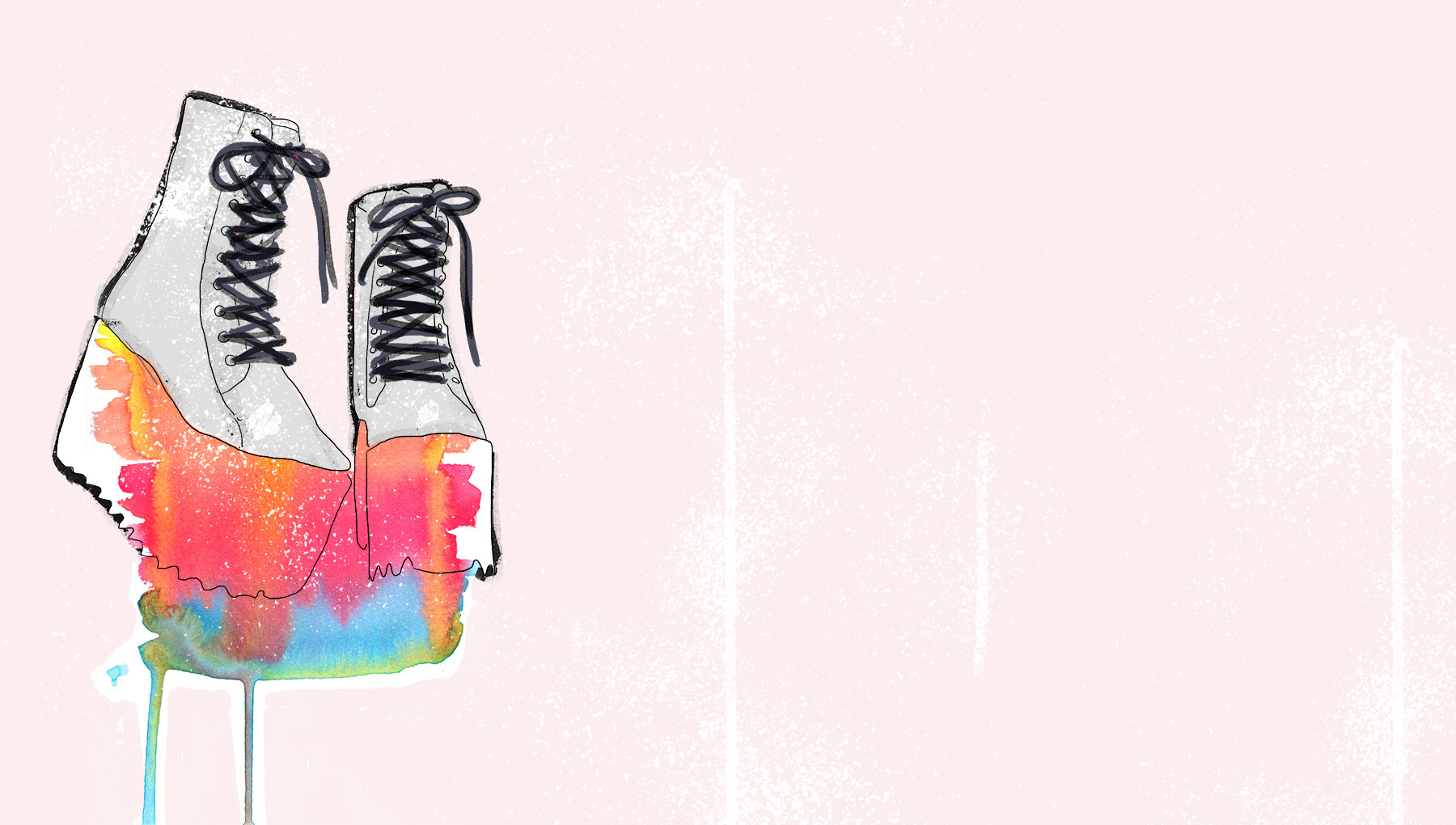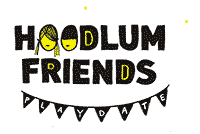
Yo! Zo! It’s me, your irritating branding bugle.
♥ LOUD NOISES ♥WOMAN! Listen up. You wanted to know about branding, right?
RIGHT?
Sheesh! Let me turn that down! OK, Hi, it’s me. Zoë. I have been thinking a lot about branding these past few months, courtesy of my work with kidlit author Jen Storer.
Lately, in Jen’s Facebook group, The Duck Pond, many questions have been raised about author platforms, branding and promotion; some of which I can answer! Yus! I need to add at this point: I am not an expert branding specialist, but I have qualifications in Visual Communication and I have been a graphic designer a while now. Here are some I prepared earlier.
So, my excellent friends, what I want you to take away from this article is: branding is not about a logo, or a website, or 3,507 Instagram followers, per se. It is about building relationships. It is about authenticity. And, it is about how you want your audience to perceive you as an author and/or illustrator. (or plumber, orchestra, art gallery etceteraaaa, etceteraaaaaaaaah).
The following are the three questions I am asked the most.
Zoë, what is branding?
- First thing: let’s chuck the word branding and instead use identity. Branding is for cows and sheep which is all about ownership and boundaries. We are more interested in moving outside of the boundaries, getting to know our audience and asking our audience to come along with us so we can share our stories.
- Identity is sensory: how you sound, look and ‘feel’. A basic example is that an identity might look professional, but feel friendly.
- Identity is a distilled message. It is a considered number of elements, working together, to convey a singular message, to make connections, and to build loyalty. Authenticity is key. Don’t fake it.
- Identity is about you as an author, but it is also about how you write or illustrate. It is a balancing act between the personal you and the work you put out there. You might be quite silly online, but a very serious, dull, braniac in person (I’m totally talking about myself here, can you tell?). Can you balance the two and remain authentic? YES!
“So, Zoë, how do I apply this to my work?”
In my humble opinion (of which I have several, nay, many): writing is personal, so your identity should be personal. This doesn’t mean sharing everything about your life, and please, leave your children out of the spotlight (or at least be very mindful of their online identity and above all, safety). But, sharing things like what tea you like to drink, or that your dog sits at your feet when you write, are things that are a true window into your professional practise. Professional distance is necessary, but little peeks into your world can be magical for your audience and for you as an author or illustrator, as connections to the outside world.
In practical terms, think about what you can manage and who your audience is: readers and publishers. Know what they want (readers want good stories; publishers want… good stories). In even more practical terms, make sure you sit your bum on the seat and write the bad stories, then the good stories, before you worry too much about your platforms (is anyone else imagining a pair of these?). If you don’t love twitter, then for pity’s sake, don’t tweet! (I personally find Twitter extreeeeeemely dull, but I adore Instagram.).
This is all very interesting, Zoë, (no really), but what exactly can I do to start building a visual identity for my professional practise as an author or illustrator?
Step 1: figure out your Unique Selling Proposition (USP). Don’t be put off by the lingo: this is a simple, distilled phrase that sums up what you do. Do you write thrilling adventures with a hint of rebellion? Do you draw sweet characters getting into all sorts of trouble? Figure it out, write it down, test it out. Don’t think it has to be THE ONE AND ONLY. As you develop your skills, your USP may change, which is AOK. You don’ t have to marry it. Just play with it now whilst you have the comfort of invisibility — practise on a small audience, before you need to deliver to a big one!
Step 2: Visuals. If you’re not an illustrator, do not despair. There are MANY ways around this. BUT, I do advise, thinking about how you want to be seen. What kind of colours communicate your USP? Basic colour theory is available on the internerds. Hint: Yellow and Red are for fast food, not for authors. See below for more on this.
For more visual help, pop over to Canva for some clever template designs that will help with professional-looking imagery.
Step 3: Get into social media. Facebook, Instagram, Twitter, Blogging, Pinterest… the list is endless. My advice is to simplify. One or two. Just be you. Please, for the love of God, don’t go on a ‘friending’ spree and then suggest all your new friends ‘like’ your author page. Just go slowly, make REAL connections, and most of all, don’t forget, above all, you’re meant to be honing your craft.
Step 4: Be consistent. Whatever you do, stick with a plan. Think about every sentence and photo you post. What is it saying about you as an author or illustrator? If it’s not relevant to building your online identity, can it. Keep the message clear, professional and personal.
Further reading
On Identity
These are the three books I have pored over. 1. Corporate Identity, by Wally Olins (more for the history of branding); 2. Love Marks, by Kevin Roberts (this is when I really started to understand how identity builds relationships); 3. Friction, by Jeff Rosenblum (this is brand new and is brilliant for understanding what consumers really want when they interact with a brand, today).
On Colour
An in-depth look at colour can be found here.
A quick guide to colour psychology ↓:

Image credit: The Logo Company

One reply on “Platforms for aspiring authors.”
Love this Zoe. Sooooo interesting. Thanks muchly
LikeLiked by 1 person